Sometimes, when the capacitance of a high dielectric constant type ceramic capacitor is measured using an LCR meter, it is not possible to obtain the nominal capacitance value. The capacitance of a high dielectric constant type ceramic capacitor varies depending upon the temperature, voltage (AC, DC), frequency, and the passage of time, so in order to obtain the nominal capacitance value, it is necessary to measure the capacitance under the measurement conditions stipulated in sub-section 4.7 of JIS C 5101-1, 1998 "Electrostatic Capacitance," which are set out in Table 1 below.
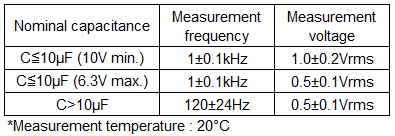
Table 1
A ceramic capacitor has features such as compactness, low impedance, absence of polarity, and so on. On the other hand, it has shortcomings, in that its capacitance varies with temperature, voltage (DC, AC), frequency, and the passage of time.
The graphs below show the various characteristics that affect the measured value of the capacitance, using as examples 3216 mm size, 10uF capacitors with B characteristics and F characteristics, respectively.
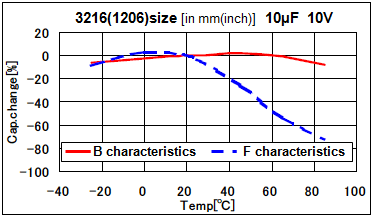
Fig. 1. Temperature characteristics * Capacitance changes with temperature.
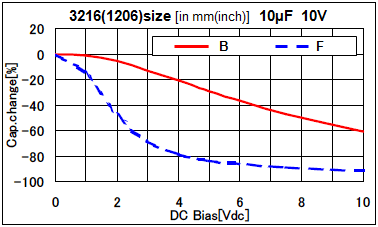
Fig. 2. DC bias characteristics * Capacitance changes with DC bias
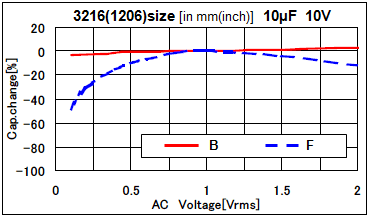
Fig. 3. AC voltage characteristics * Capacitance changes with AC voltage.
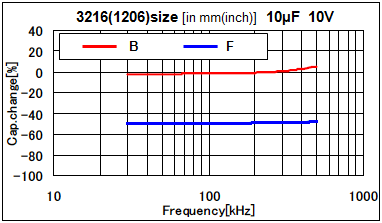
Fig. 4. Frequency characteristics * Capacitance changes with frequency band.
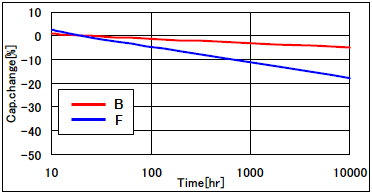
Fig. 5. Aging characteristics * Capacitance change over time
As mentioned above, the capacitance of a high dielectric constant type ceramic capacitor changes depending upon the temperature, voltage (DC, AC), frequency, and the passage of time. When measuring the capacitance of a capacitor, it is necessary to have the measurement carried out under the conditions covered by the above stipulations. Also, when designing the circuit, adequately take into account the characteristics of the ceramic capacitor under the conditions of the working environment.
Bias characteristics, temperature characteristics, frequency characteristics, etc. can be confirmed with this software. (SimSurfing)
SimSurfing
How to use
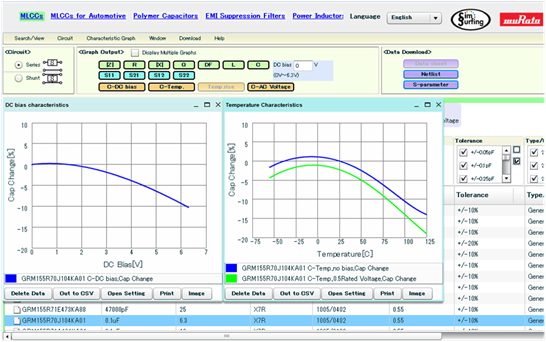
Related FAQ
> Please provide data regarding the temperature characteristics and DC bias characteristics, AC voltage characteristics, impedance/ESR and other frequency characteristics, ripple exothermic characteristics and other major electrical characteristics of multilayer ceramic capacitors. In addition, is it possible for such data to be provided in CSV format?
> Please provide data regarding the DC bias characteristics in the event that the measurement conditions (ambient temperature and the applied voltage of the alternating current) of the multilayer ceramic capacitors are changed. (Ex: DC bias characteristic data at 40℃ and 10 mVrms)
> Please provide data regarding the temperature characteristics in the event that the measurement conditions (applied voltage of the direct/alternating current) of the multilayer ceramic capacitors are changed. (Ex: Temperature characteristic data at 3VDC and 10 mVrms)
> Please provide data regarding the frequency characteristics in the event that the measurement conditions (ambient temperature and the applied voltage of the direct current) of the multilayer ceramic capacitors are changed. (Ex: Frequency characteristic data at 40℃ and 3VDC)
> Please provide a data sheet regarding the electrical characteristics of the multilayer ceramic capacitors. In addition, please provide comparative data for multiple part numbers.